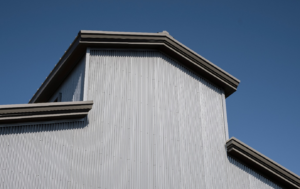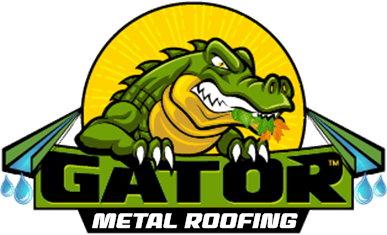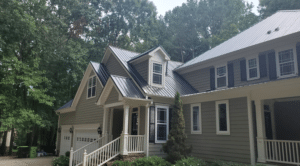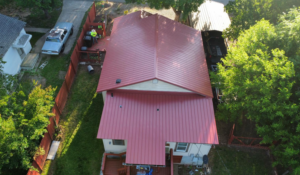As a critical component of any metal roofing system, underlayment is crucial in protecting your home or building from the elements.
From preventing leaks and providing additional insulation to improving energy efficiency, choosing the right underlayment is essential for a long-lasting and durable roof. This guide will provide all the information you need when selecting and installing metal roof underlayment.
Introduction to Metal Roof Underlayment
Metal roof underlayment is a material that is applied to the roof deck before the installation of the metal roofing panels. The purpose of the underlayment is to provide a secondary weather-resistant barrier and act as a slip sheet during installation.
Many different types of underlayment are available on the market, but not all are created equal. This guide will introduce you to the different types of metal roof underlayment and help you choose the best option for your project.
Types of Metal Roof Underlayment Materials
Three types of metal roof underlayment materials are:
Asphalt-coated fiberglass is the most common type of metal roof underlayment. It is a lightweight, easy-to-install material that protects against wind and moisture.
Butyl rubber is a heavier-duty option that is often used in commercial applications. It is resistant to punctures and tearing and provides superior protection against UV rays.
Synthetic underlayment is the most expensive option but is also the lightest and easiest to install. It offers the best protection against wind and moisture and is resistant to mold and mildew.

Maintenance and Repair of Metal Roof Underlayment
Most metal roof systems are designed to last for decades with minimal maintenance. However, exposure to the elements can take its toll on even the most durable materials over time.
As such, inspecting your metal roof underlayment periodically and addressing any issues as they arise is important.
The most common problem with metal roof underlayment is leaks. If you notice any leaks, taking care of them as soon as possible is important to avoid further damage to your roof or home.
To repair a leak, first identify the source of the leak and then patch it with a sealant made specifically for metal roofs. Once the sealant has dried, apply a layer of asphalt-based coating over the area to help prevent future leaks.
If your metal roof underlayment is damaged beyond repair, you must replace it. This is a relatively simple process that a qualified contractor can do:
- The old underlayment must be removed and disposed of properly.
- New underlayment must be installed according to the manufacturer’s instructions.
- Any seams or joints must be sealed with a sealant for metal roofs.
- Following these simple tips, you can keep your metal roof in top condition for many years!
Conclusion
Metal roof underlayment is an important part of protecting your home from the elements and ensuring a longer life for your roof. If you need help installing or replacing your metal roof underlayment, contact Gator Metal Roofing!









